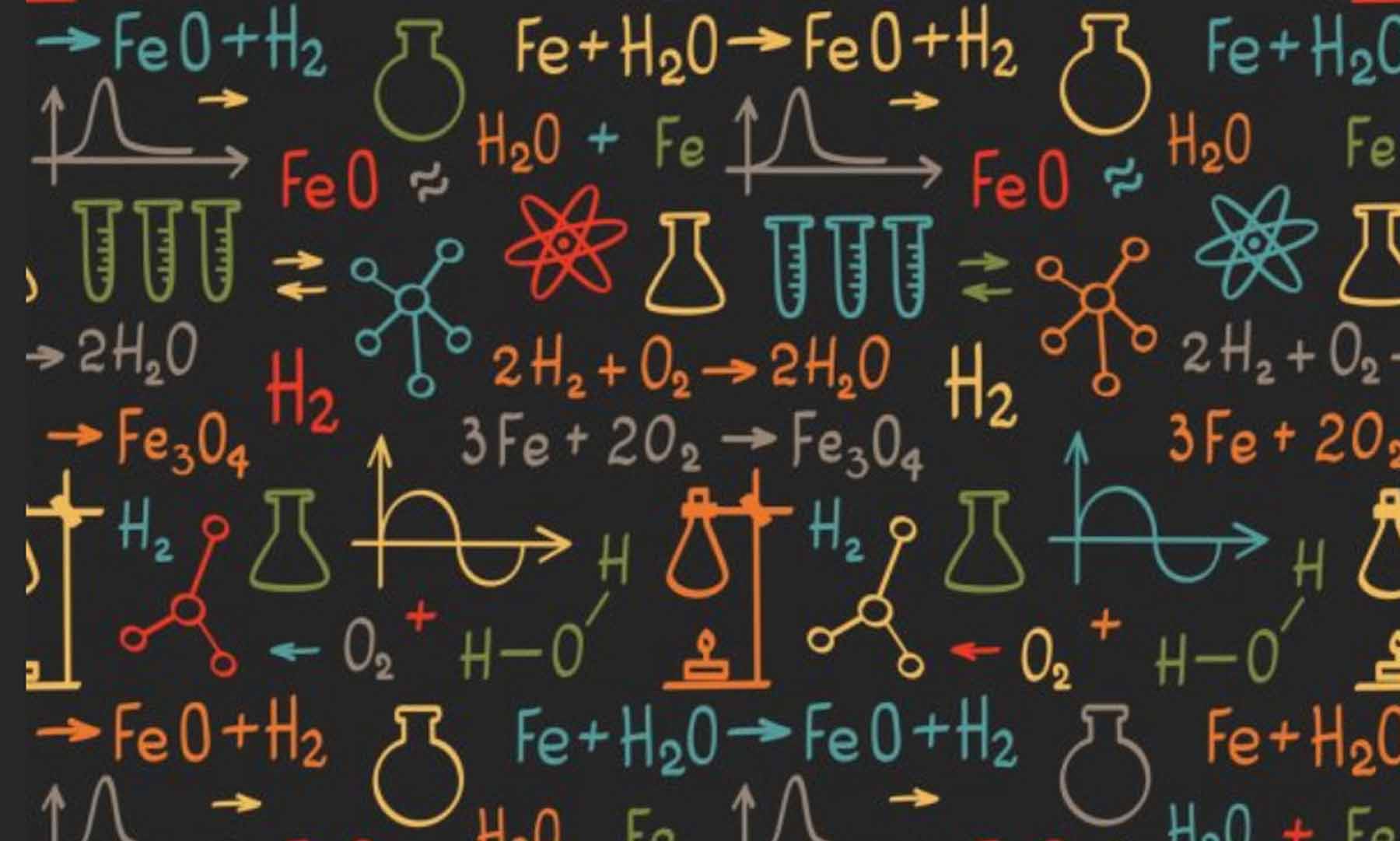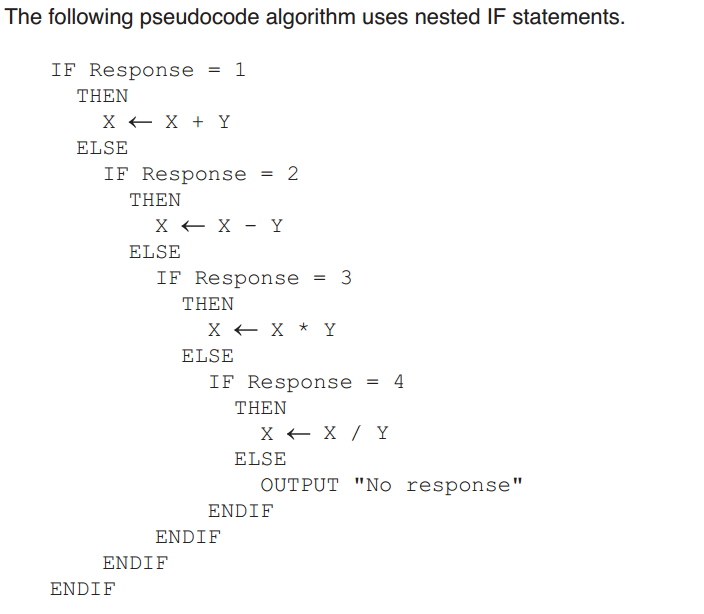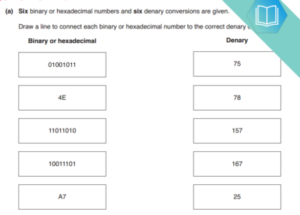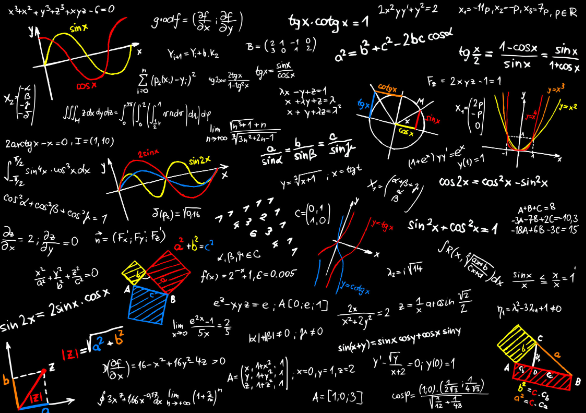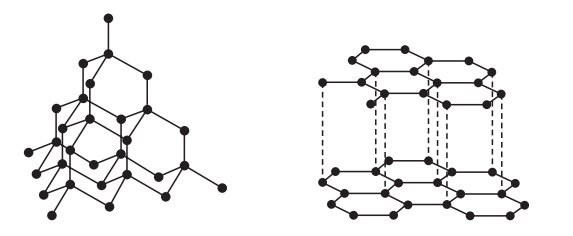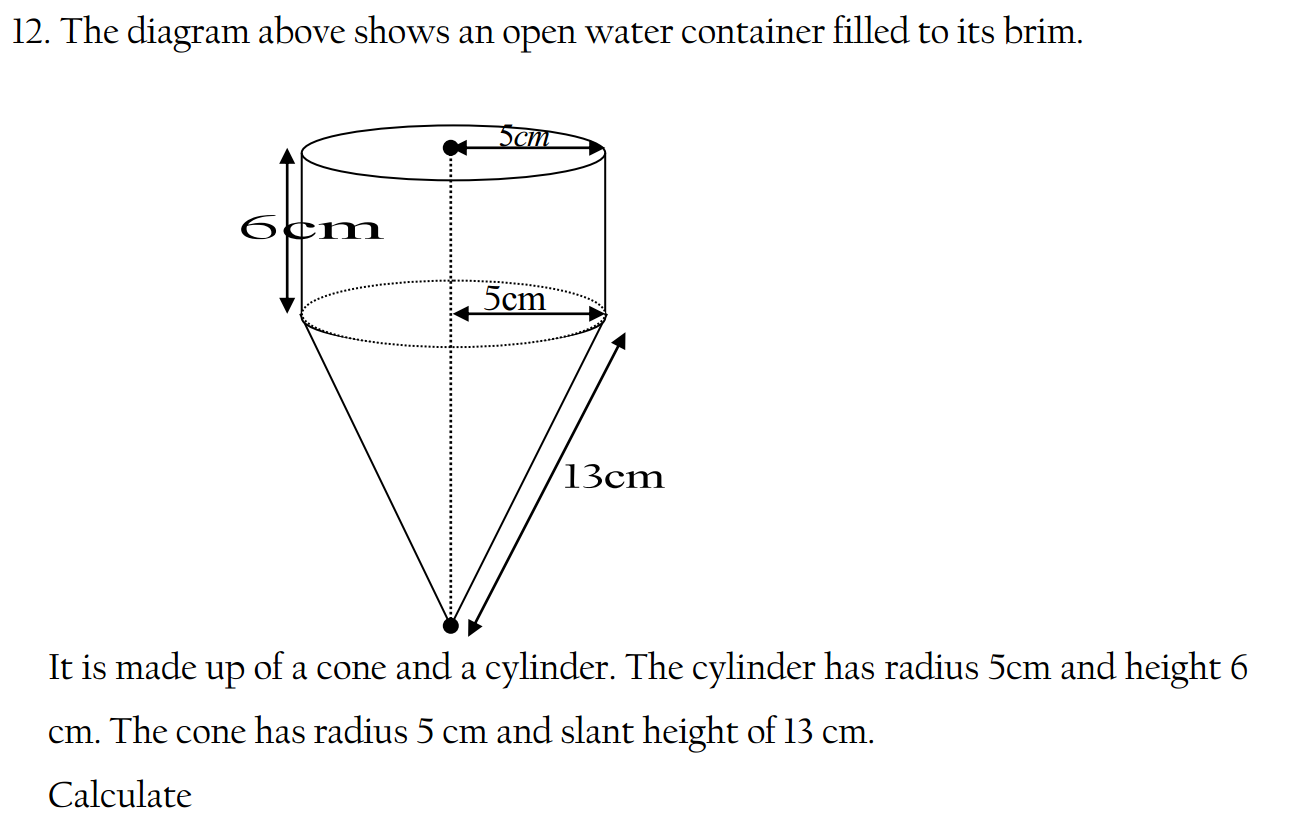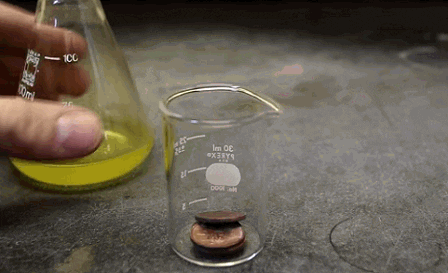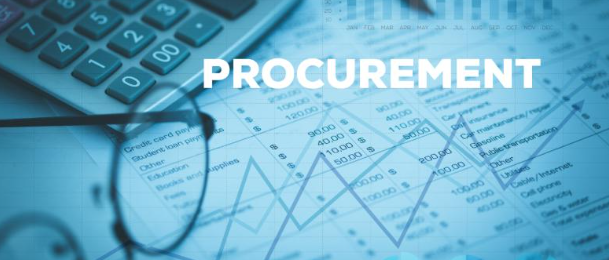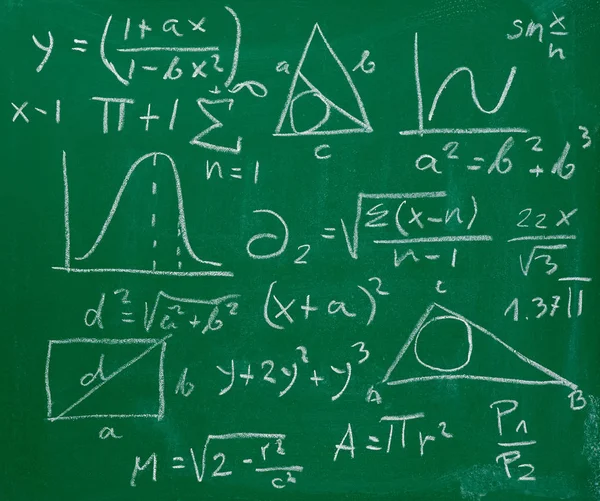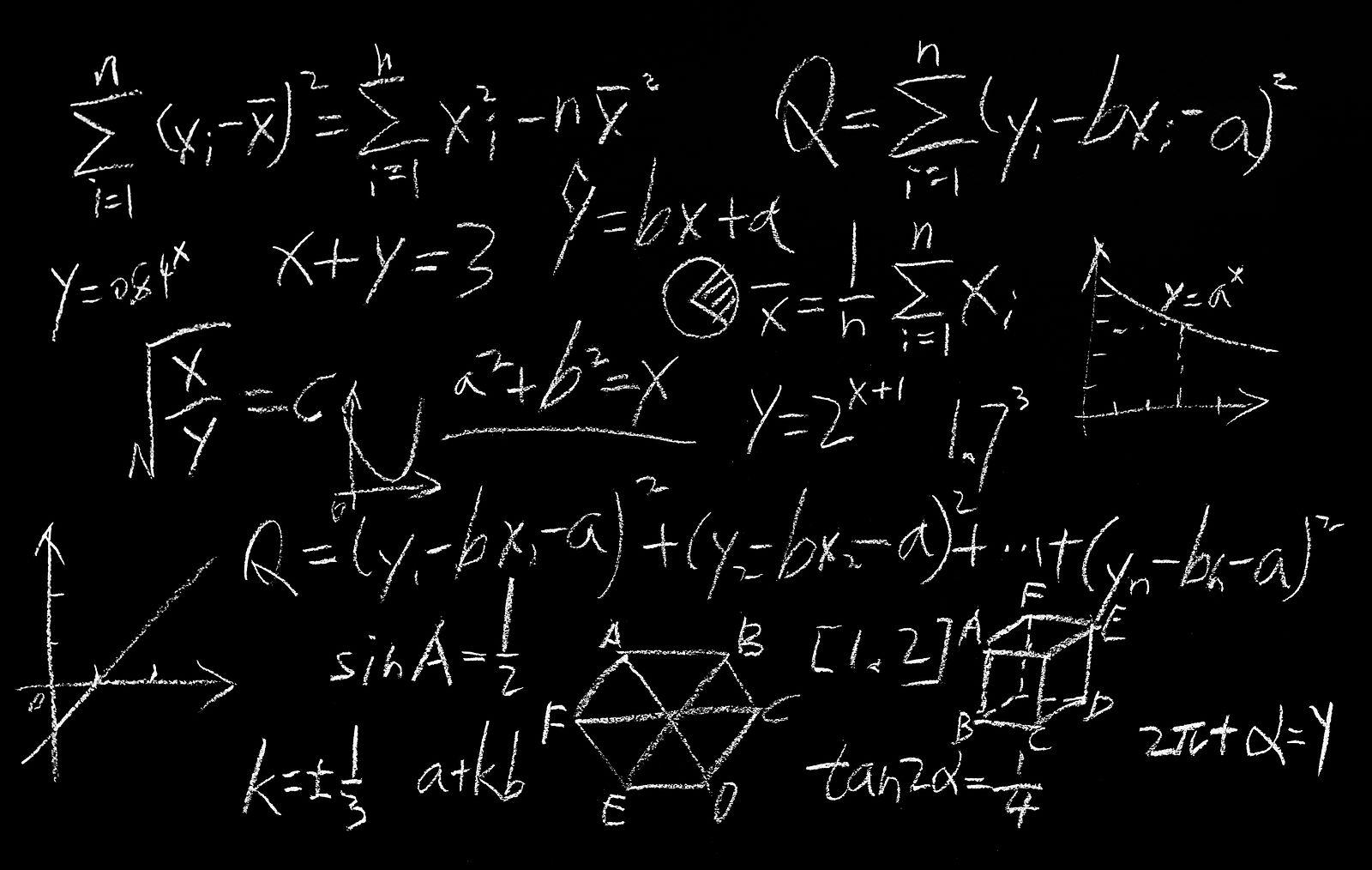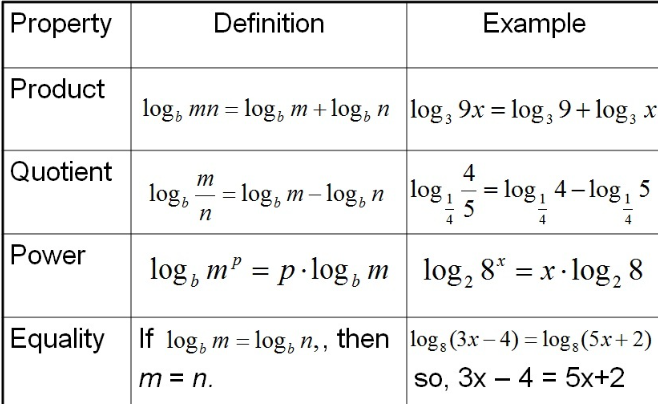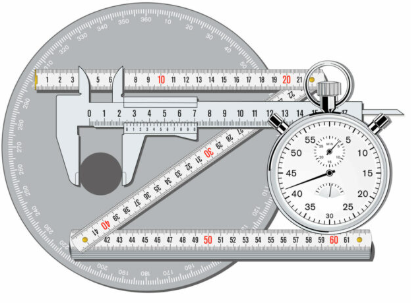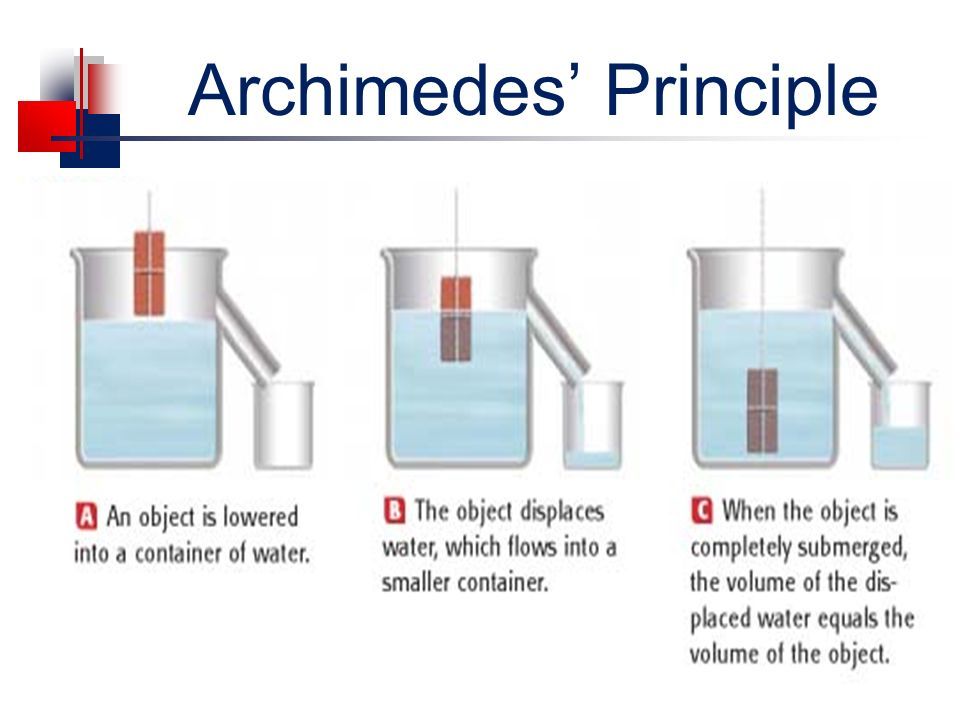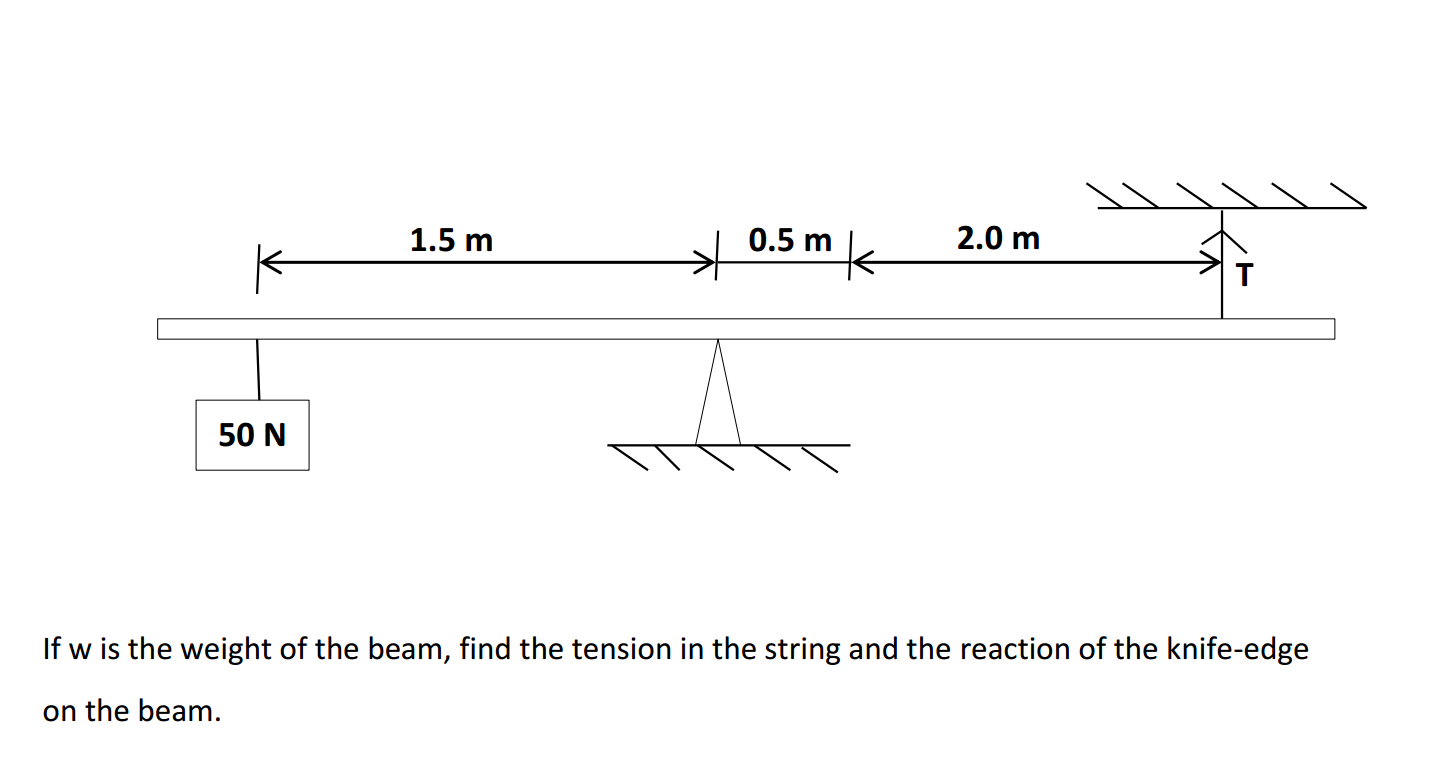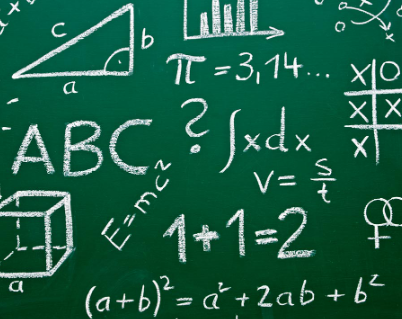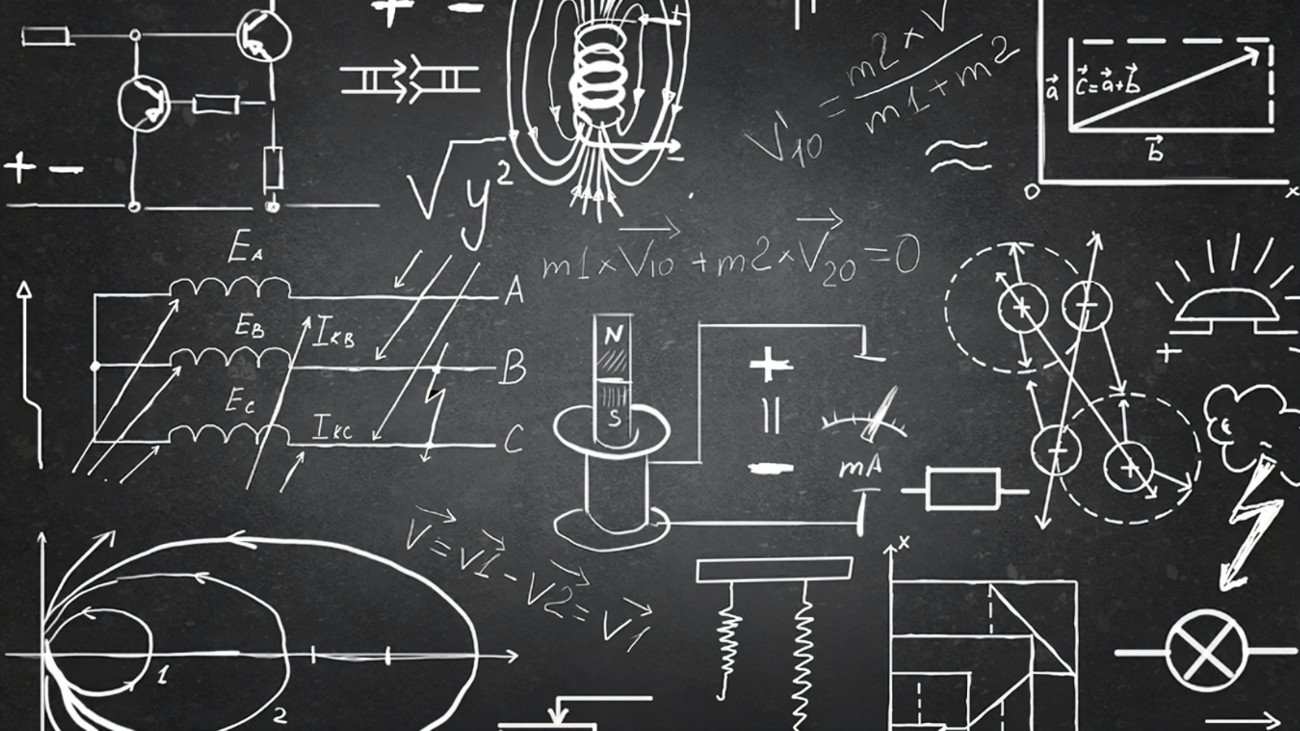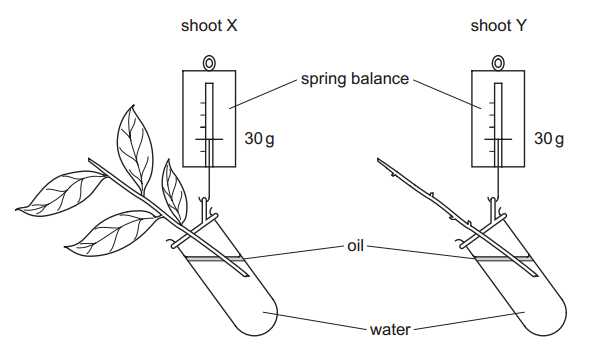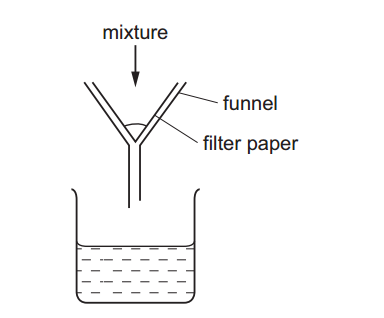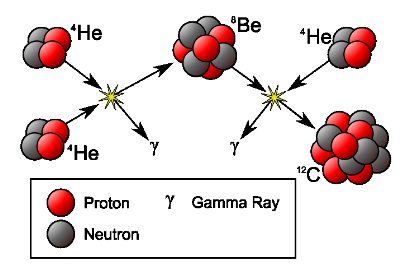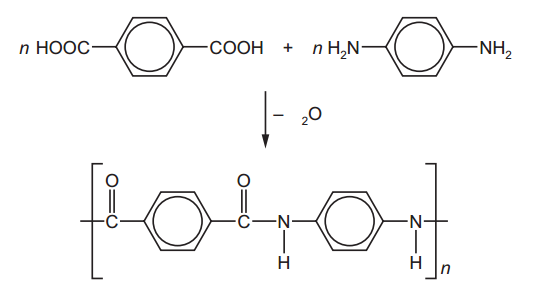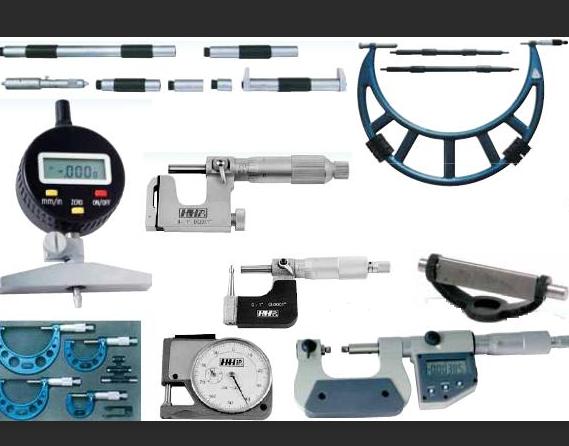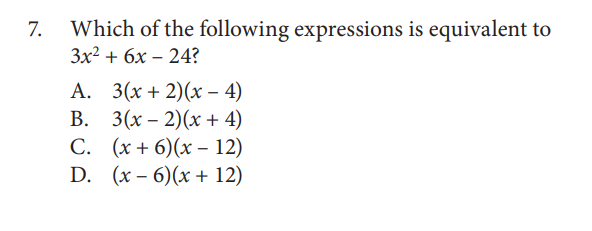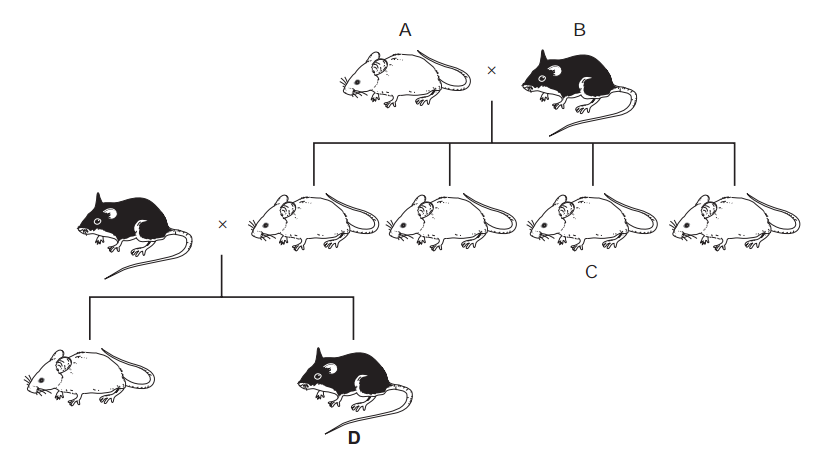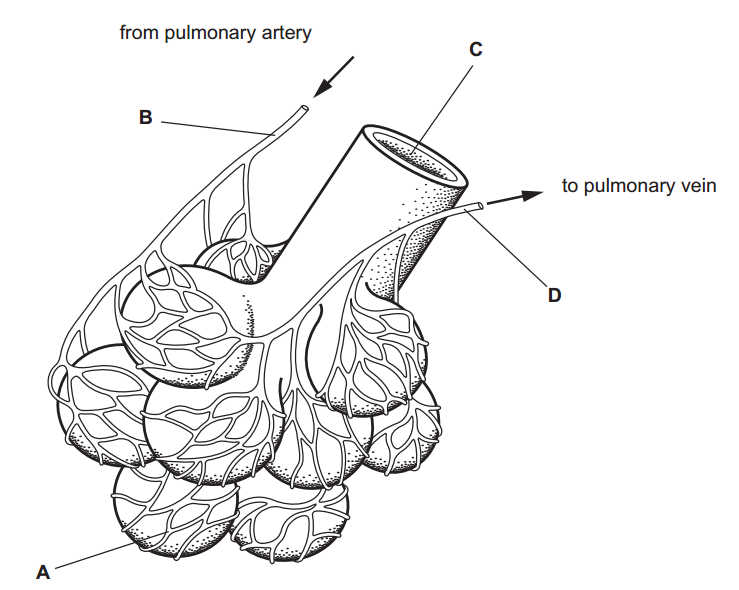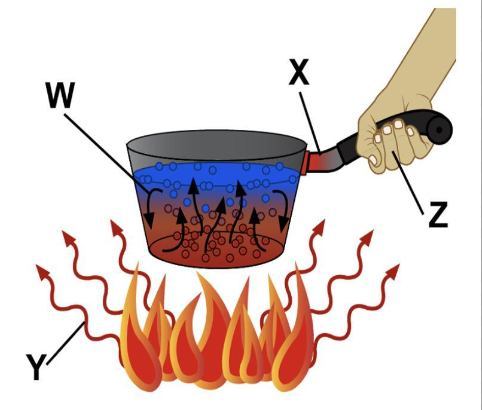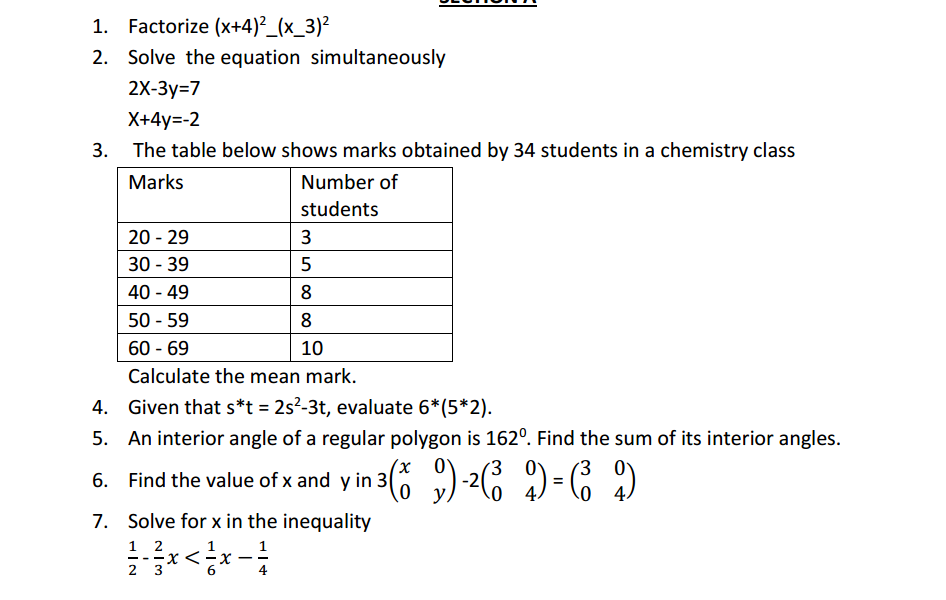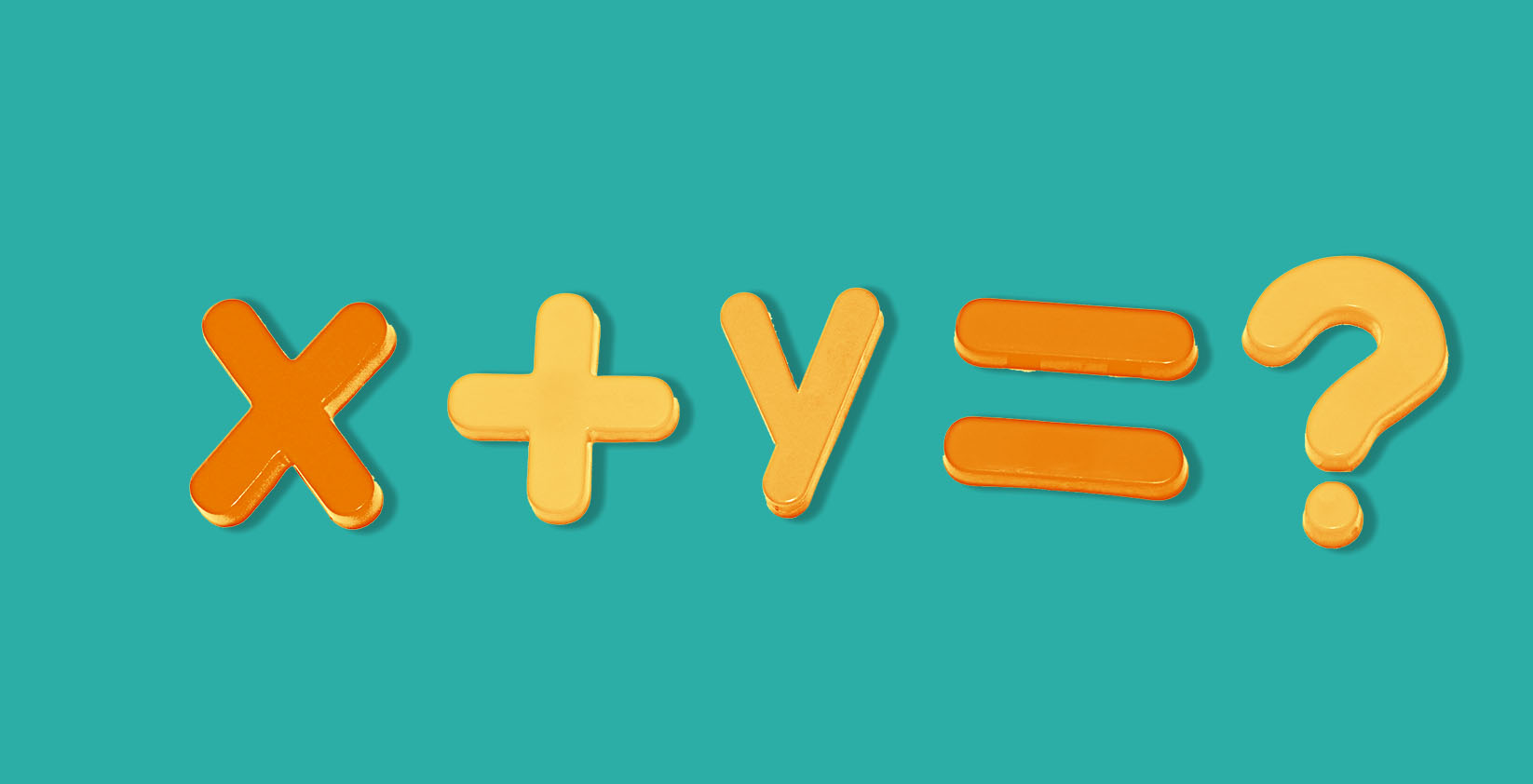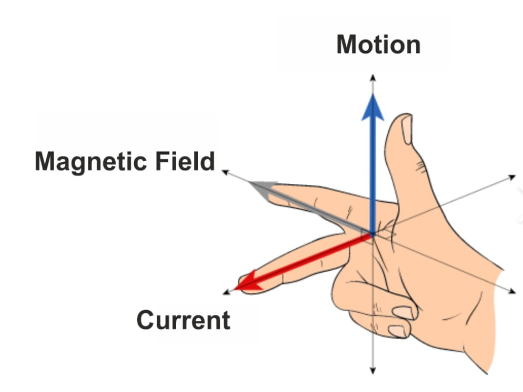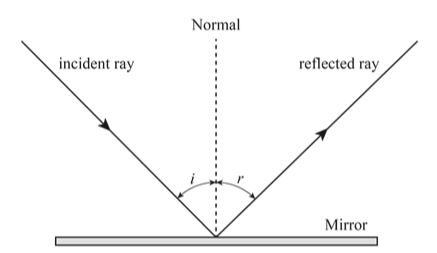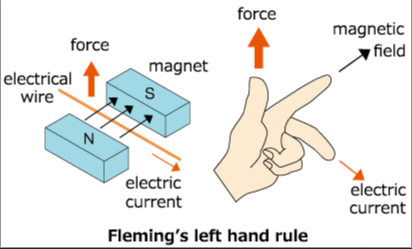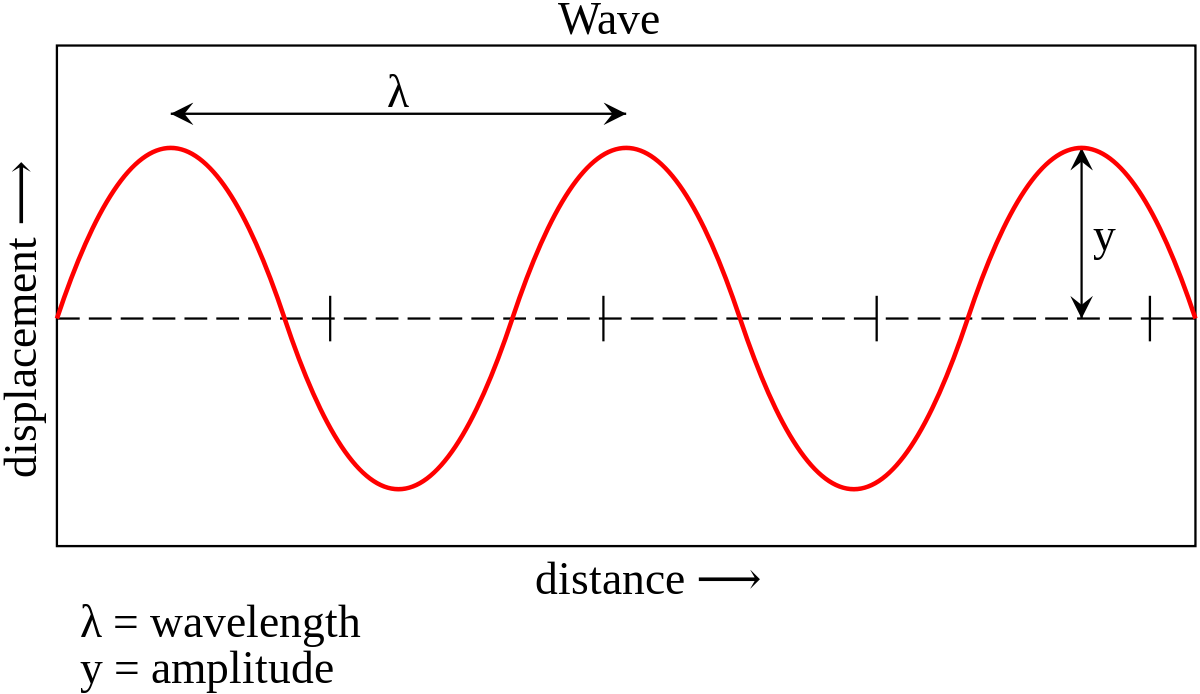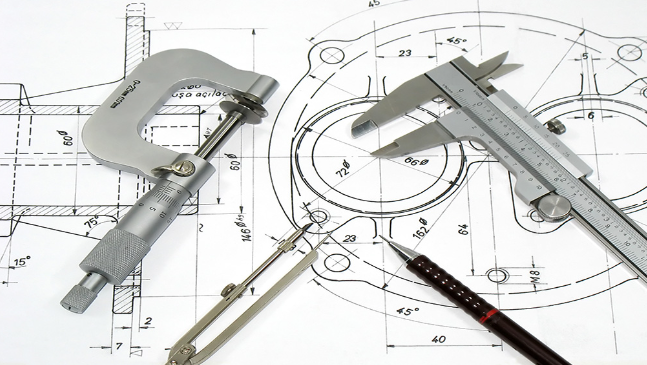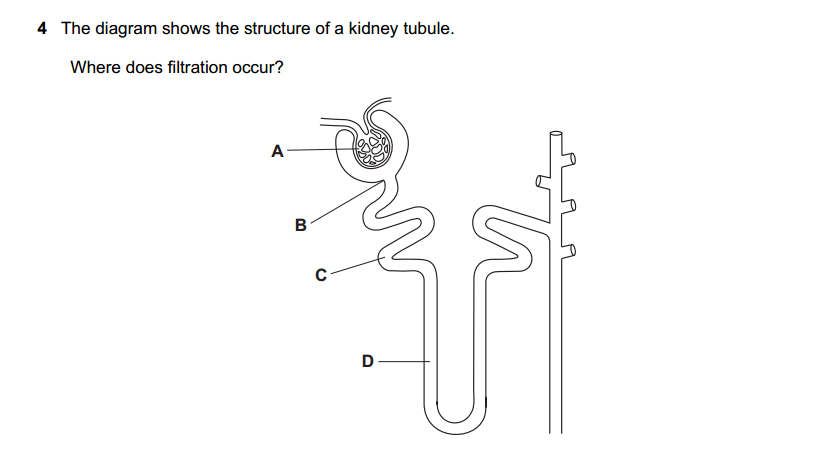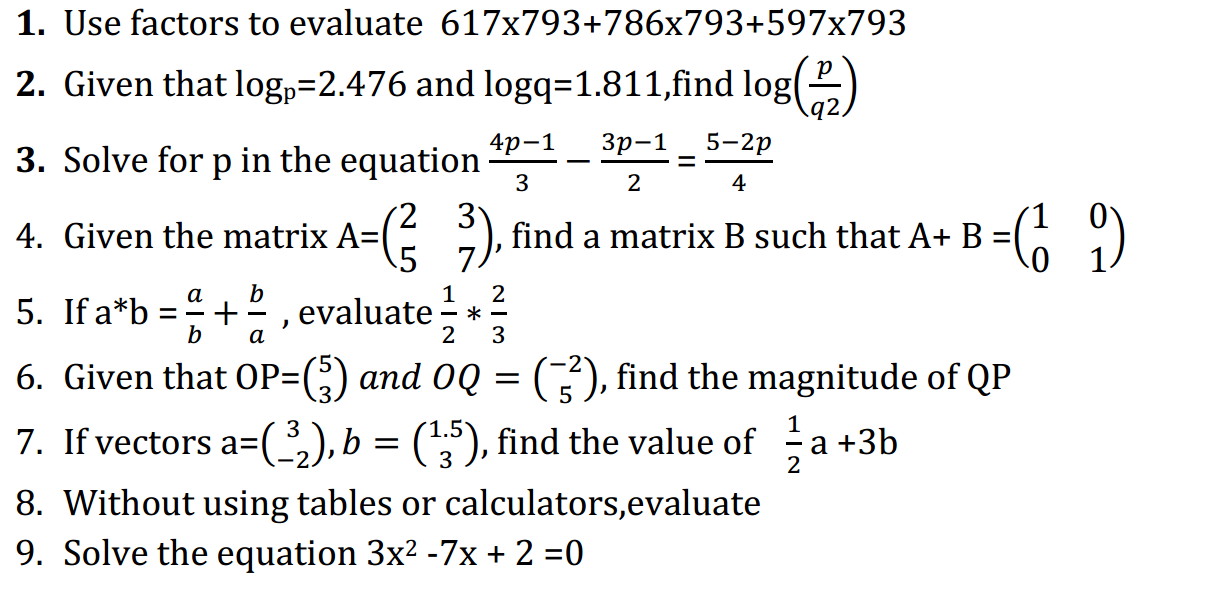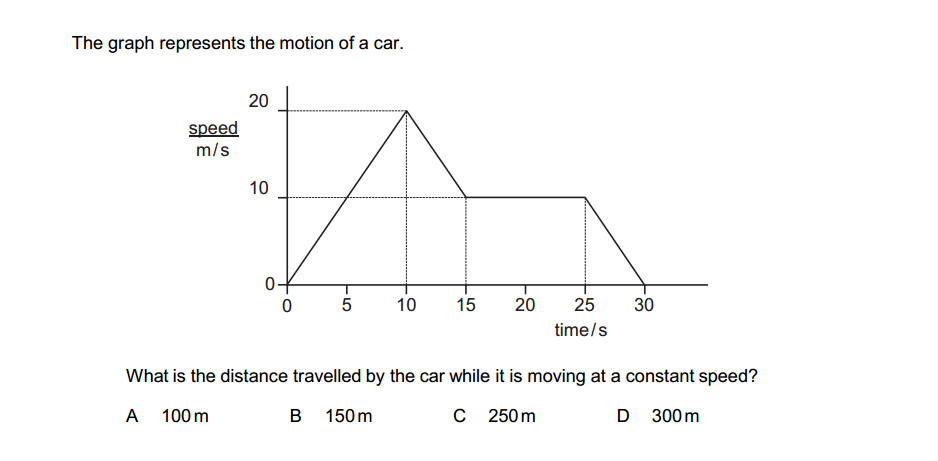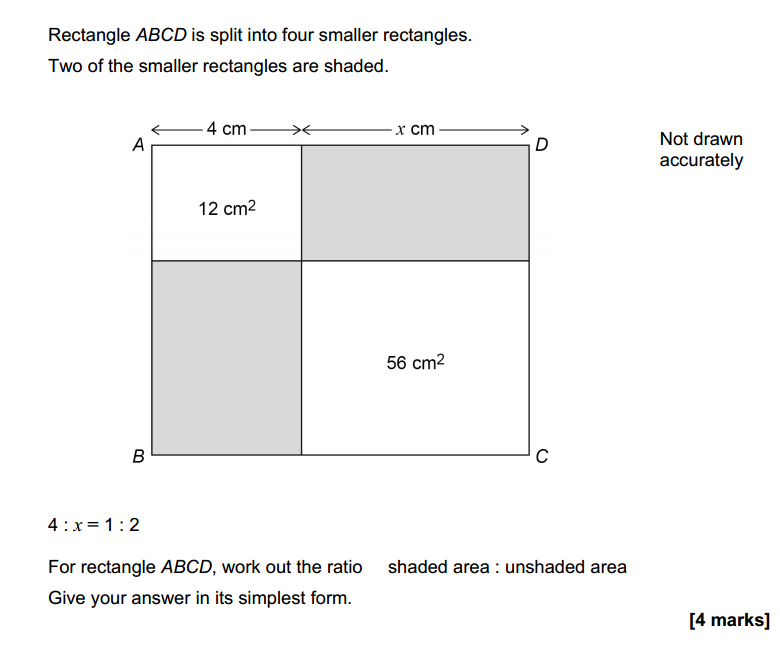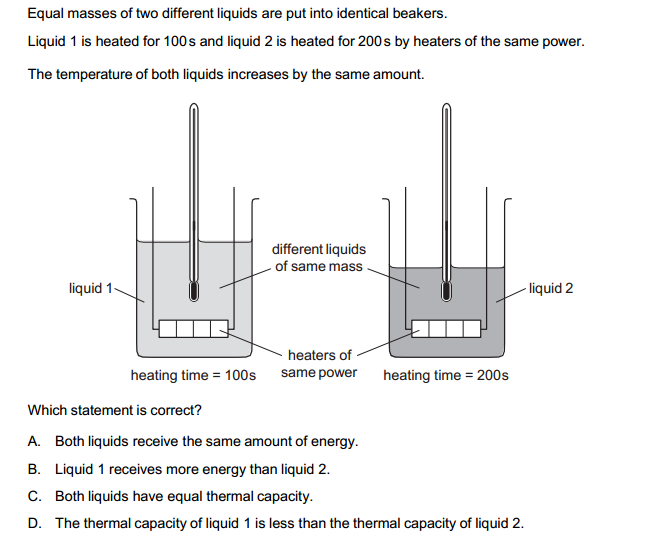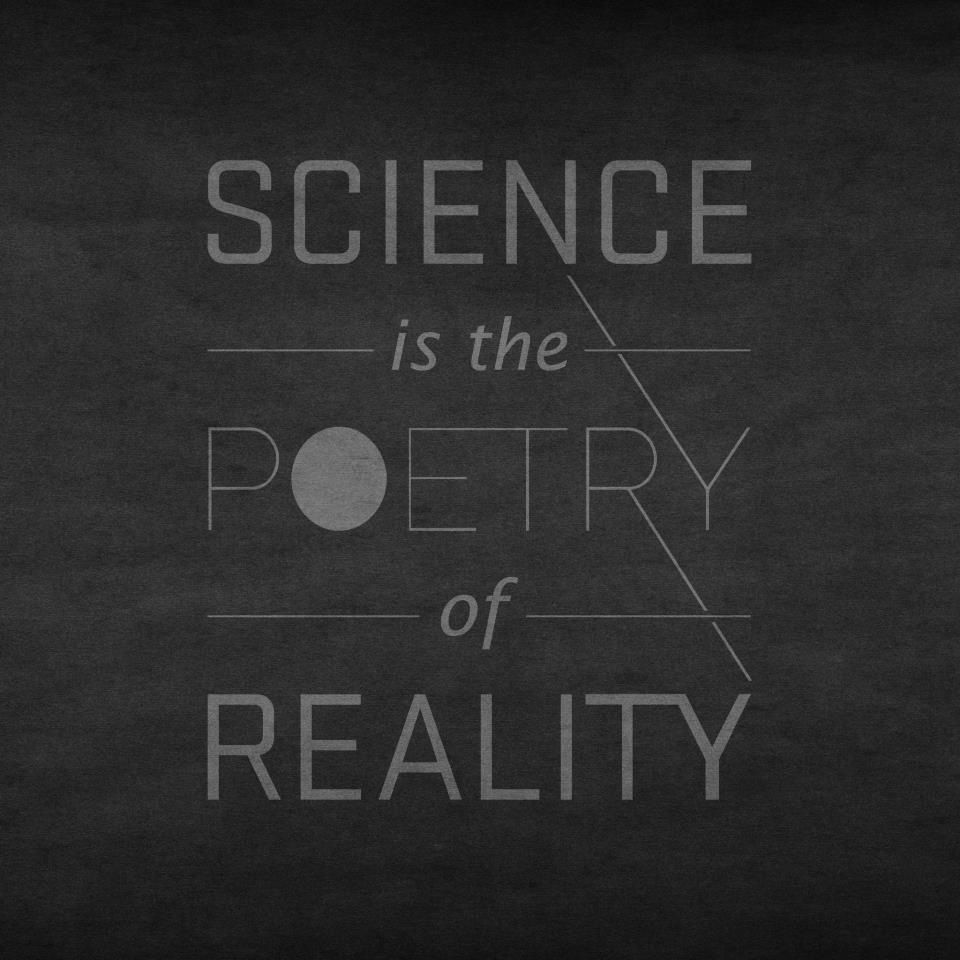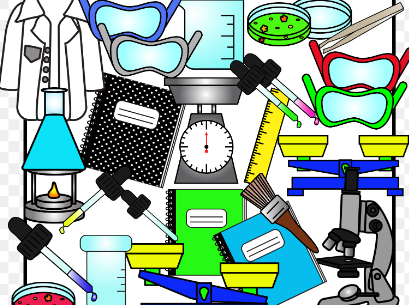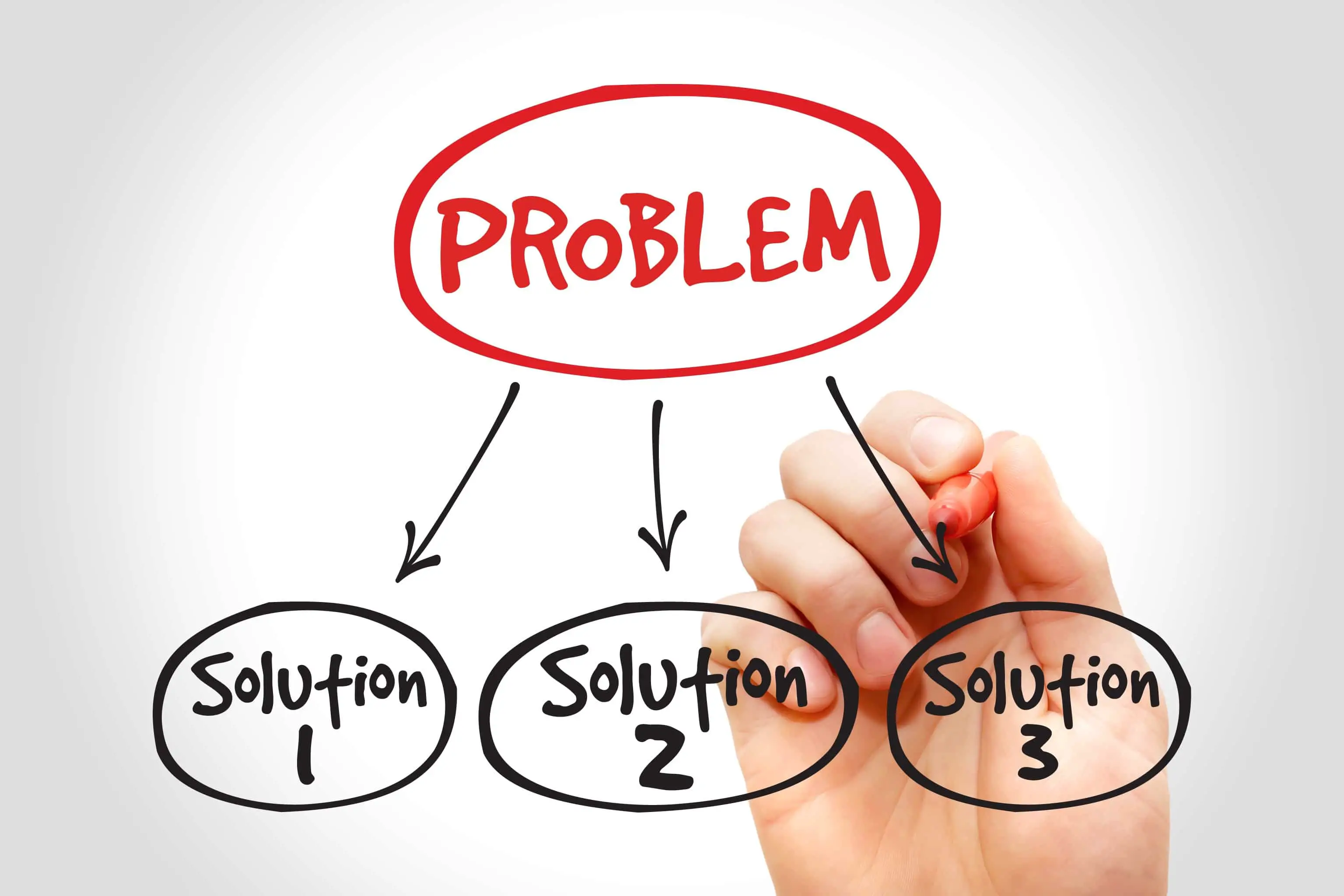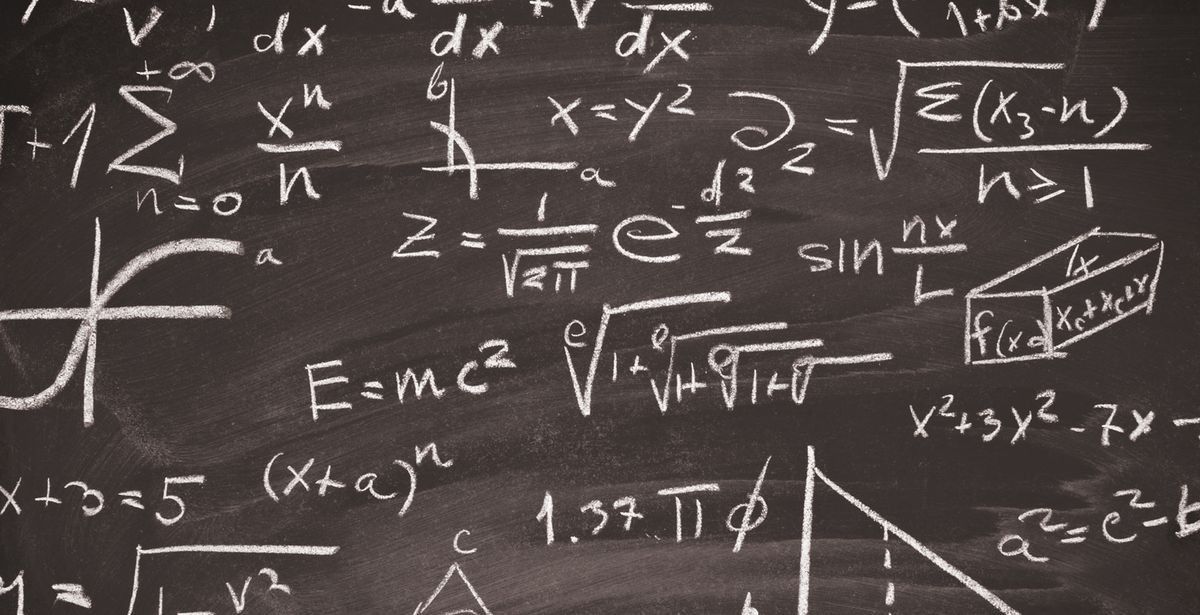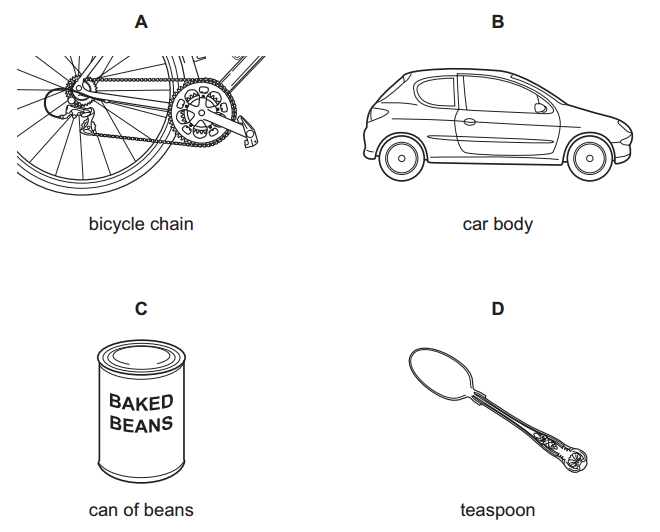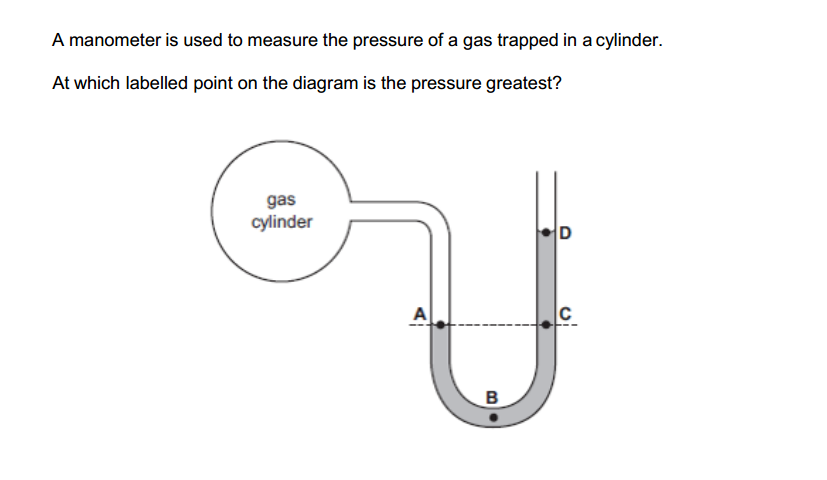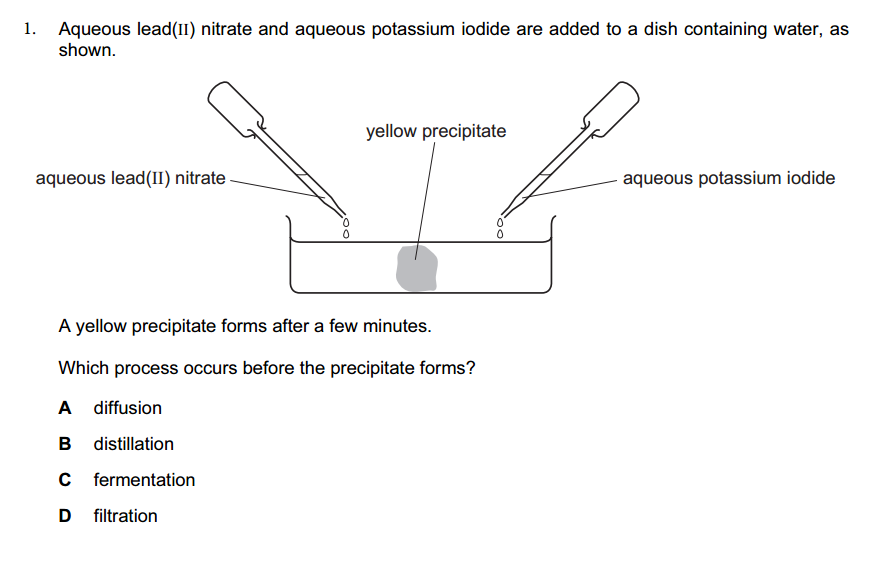Basic Electrical Circuits:
- What is an electrical circuit, and what are its essential components?
- Explain the difference between an open circuit and a closed circuit.
- What is the purpose of a switch in an electrical circuit?
- Define voltage, current, and resistance. How are they related in Ohm’s law?
- What is the role of a resistor in an electrical circuit?
Series and Parallel Circuits:
- Describe the characteristics of a series circuit. Provide an example.
- Describe the characteristics of a parallel circuit. Provide an example.
- How does the total resistance in a series circuit compare to the individual resistances?
- How does the total resistance in a parallel circuit compare to the individual resistances?
- Calculate the total resistance in a series circuit with three resistors: R1, R2, and R3.
Circuit Analysis:
- Use Ohm’s law to calculate the current in a circuit with a voltage of 12V and a resistance of 4 ohms.
- Calculate the power dissipated in a resistor with a resistance of 10 ohms and a current of 2 amperes.
- Explain Kirchhoff’s laws (KCL and KVL) and their significance in circuit analysis.
- Determine the voltage across and current through each resistor in a complex circuit using Kirchhoff’s laws.
- What is the purpose of a multimeter in electrical circuit analysis?
Capacitors and Inductors:
- What is a capacitor, and how does it store electrical energy?
- Explain the concept of capacitance and its unit of measurement.
- What is an inductor, and how does it store electrical energy?
- Describe the concept of inductance and its unit of measurement.
- Explain the time constant in an RC circuit and its significance.
AC and DC Circuits:
- Differentiate between AC (alternating current) and DC (direct current) circuits.
- What are the typical voltage waveforms for AC and DC circuits?
- Describe the behavior of capacitors and inductors in AC circuits.
- How is the frequency of an AC circuit related to the period?
- Calculate the impedance of a series RLC circuit in an AC circuit.
Circuit Analysis Tools:
- What are circuit diagrams, and how are they used in circuit analysis?
- Explain the use of circuit simulators in designing and analyzing electronic circuits.
- How can oscilloscopes be used to visualize and analyze electrical signals in circuits?
- Describe the functionality and applications of a breadboard in electronics prototyping.
- Discuss the role of diodes and transistors in electronic circuits.
These questions cover a range of topics related to electrical circuits, from basic concepts to more advanced principles in circuit analysis and components. They can serve as a starting point for learning and discussing electrical circuits.


